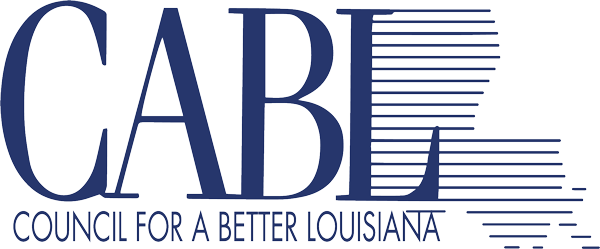
This week Governor John Bel Edwards released his executive budget proposal for the coming year along with his priorities for how to spend billions of federal COVID relief funds and a pile of new state money. At this point the administration is only making recommendations and the Legislature will ultimately decide how the money will be spent, but the ideas presented so far are a step in the right direction.
The amount of money that’s out there is staggering. And while how it can be spent is somewhat complicated, the opportunity to do something truly significant for Louisiana’s is something that doesn’t come along very often. As Commissioner of Administration Jay Dardenne said in his presentation on the governor’s plan, “be happy, be disciplined, be smart.” That pretty well sums it up.
For those who want a not-too-complicated overview, you can see the PowerPoint presentation on the Division of Administration website. Otherwise, the easiest way to understand what the Legislature has before it is to consider that, generally, there are two big pots of money – about $2.9 billion in non-recurring federal and state dollars and about a billion dollars in new recurring state revenue that can be permanently added to the budget.
First, it is critical that the state not use non-recurring dollars for expenses the state will have year after year, and the governor’s proposal seems to accomplish that. Since that’s the lion’s share of the money, it marks an opportunity to make a huge one-time investment in some top state priorities. For the governor they basically include:
- Replenishing the state’s Unemployment Insurance Fund which was decimated by the COVID pandemic.
- Major transportation projects.
- A large number of expensive, but much-needed water and sewer projects.
- Required investments in the Rainy Day Fund and reduction of retirement debt.
- About $850 million to repay debts to the federal government for years of hurricane-related costs and levee improvements in New Orleans.
- Investment in wider access to broadband.
- Deferred maintenance costs and a variety of other state projects.
While not all of those seem sexy, most are pretty significant and will have a long-term impact on the state. Fixing the Unemployment Insurance Fund is a half-billion-dollar obligation that could trigger a tax increase if the problem isn’t addressed. The transportation, water, and sewer projects address high-price-tag problems involving critical infrastructure. The storm-related payouts help take care of huge debts the state owes the federal government which we would eventually have to repay. And everyone knows the need to improve access to high-speed internet in many areas of our state.
While there is not a lot of money going to education in these pots of money, it should be remembered that billions of federal dollars are being directed to local school districts, colleges, and universities. Some of that is intended to cover financial losses caused by the pandemic, but huge amounts are also going to help students in a variety of ways.
Taken together, the governor’s plan targets a fair number of very expensive, but important, projects that the state would have had a hard time funding otherwise while taking well over a billion dollars of debt or required spending off the table. The fact that that will free up state dollars for important ongoing priorities down the road is no small feat.
As for the targets for recurring revenues, the dollar amounts are not as large, but the priorities they represent are important. First, the administration plans to use two-thirds of the new recurring revenues to replace one-time revenues that were used to balance the current year’s budget. That corrects a flawed approach that should not have been used to begin with.
Beyond that, most of the revenues are targeted toward health care and education. The education piece includes increased funding for early education, pay raises for teachers and higher education faculty, additional needs-based scholarships for college and university students, and a general funding increase for postsecondary education.
Again, it is important to remember that these investments represent only a portion of the money coming into the state and don’t include the billions going directly to schools and local governments. Certainly, there are many other important needs that one might consider and CABL will take a look at some of those as the process moves forward.
But with this spending proposal the Legislature has a good place to start. We look forward to a meaningful debate focused on a spending plan that will make the biggest possible difference for the future of our state.
